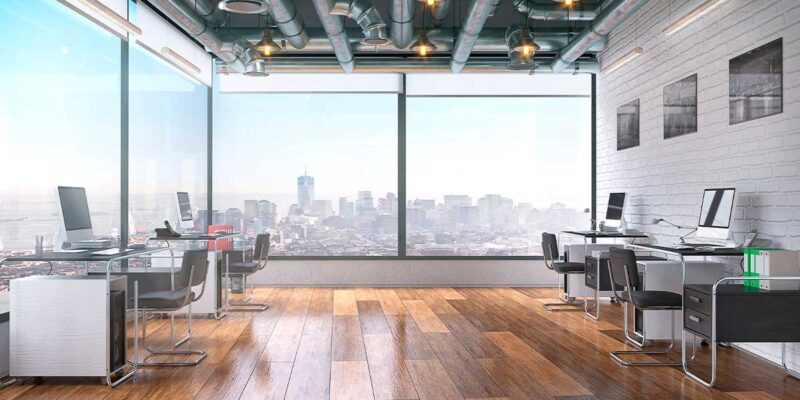The Rise, Fall and Rise of the Interactive Display Market
 By Colin Messenger
By Colin Messenger
Futuresource Consulting
A month ago, 13 countries had complete school closures, affecting 19% of enrolled learners and placing an emphasis on the concern for adequate supply. As the peak of the crisis in China was just after Chinese New Year, vendors had plenty of inventory to cover the annual common shortage around that time, leading to limited shortages. Now manufacturers in China, which account for 90% of the global interactive display market, are gradually returning to work. As a result, the product is shipping and some vendors report that they have had little change in supply.
The worry has now moved to the demand side, with 181 country-wide school closures affecting 90% of enrolled learners. While early indications suggested that the Easter pipeline was strong, the lockdown in many countries has inevitably changed the situation. Spend is still there but installations will not be completed, as many schools are not permitted to allow access over the lockdown period. There have been several significant tenders which, provided they can be installed, will help Q2 volumes. However, for schools that are allowing access, being empty may allow the work to be completed, with limited exposure and in line with social distancing.
Education is a very cyclical market; two-thirds of annual sales of interactive displays are sold in Q2 and Q3. There are concerns that if Q2 and summer sales are lost, then this will hit the market badly. We expect sales for 2020 will be depressed in Q2 and Q3, before strengthening in Q4.
At this stage, schools should be preparing to welcome students back in September. Therefore, we would hope that purchasing will be back in line for the traditional summer period of July / August. However, this now may be at a reduced rate, with education authorities potentially looking at delaying the rollout of interactive displays in favor of other technologies.
On the flip side, schools will have saved money in being closed (admin, supply teacher costs, etc.) and therefore will have more money to spend when the schools do reopen.
With the trend for remote learning, we anticipate further investment in one-to-one devices to be ready for the “next wave” — this may divert some spending from classroom technology.
There may be an increase in technology prices due to the shift in supply and demand. Chinese manufacturers could tighten credit lines, and this may lead to a shaping up of the industry with pressure on smaller vendors, as well as distributors and resellers.
Companies are currently not ordering displays for their offices; all focus is on equipping people at home. Many have taken their monitors, keyboards and office chairs home with them to improve their home office. However, once people do start to return, there are expected to be many more who will spend more time working from home. This could be the compelling occurrence that kickstarts the use of interactive displays in the office to help collaborate and enhance control of meetings, which will be internal and external.
This could also generate interest in a completely new product; a home interactive display would allow people to do all of their tasks from home: re-engineering/brainstorming scenarios. The display would need to be small, under 32”, with camera, audio and perhaps a button for Zoom. The cost would also need to be low as the user, rather than the company, may be paying.




